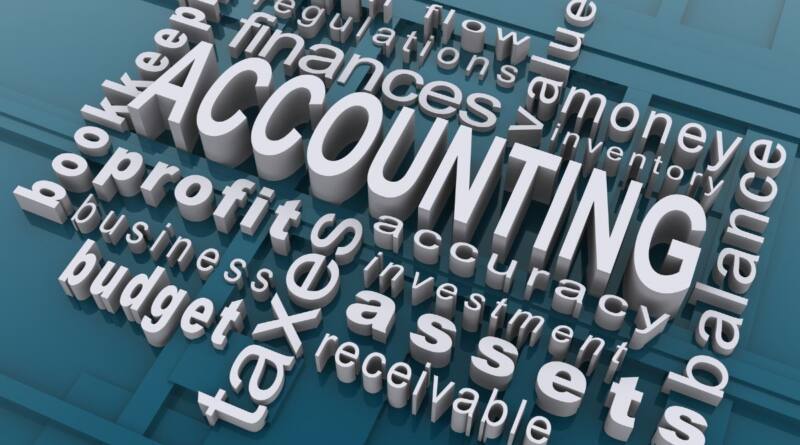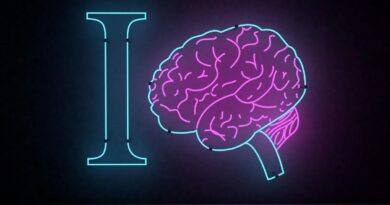How To Understand Basic Accountancy In A Layman Language?
I am starting with series “how to understand basic accountancy in a layman language”
First of all, we need to understand three terms upon which the whole of Accountancy depends:
I: Assets
II: Liabilities
III: Capital.
Have a look around you. What you are surrounded with:
1: Furniture
2: Fixtures
3: Electrical equipment
4: Car
5: Kitchen Accessories
6: Computer
7: Food Items and many more
All these items are either:
Purchased by Us.
Or
Taken on loan.
All the items from 1 to 7 are Assets
Now these so-called Assets are either purchased from our own sources or are being financed by third party.
Assets purchased from our own sources are “Capital” while those being taken from third parties on loan are termed as Liabilities.
Concludingly we can say Assets are sum total of Liabilities and Capital.
Let us illustrate with an example:
Ram wanted to start a business:
He had cash worth 100000/=
Shop worth 400000/=
Furniture and Fixture in the shop 50000/=
Bank Balance 500000/=
All these constitutes assets. As they are being owned by him only. These Assets constitute Capital. As there is no liability factor.
Thus Assets: 1050000/= and Capital = 1050000/=
Now he purchases stock from suppliers worth 500000/= on credit.
His position now is
Cash 100000/=
Shop 400000/=
Furniture and fixture 50000/=
Bank Balance 500000/=
Stock 500000/=
Total assets are now 1550000/=
Liabilities 500000/=
Clearly assets are acquired from capital and as well as liabilities.
1550000=1050000+500000.
A story will make it clearer.
There were two friends. One was God fearing and was in no habit of any bad habits. The other one was keeping all the bad habits like drinks, smoke, gambling and what not. Both were working in the same factory. Both of them were drawing 10000/= p.m. At the end of the month both of them had 10000/= in hand as salary.
Both of them had assets of 10000/= in the shape of cash in hand earned from salary.
The first one bought grocery worth 3000, spent 2000 for buying a television set, and kept 5000 in his bank as fixed deposit. His assets are stock 3000 plus television set 2000 and bank balance of 5000. His capital also stands at 10000. Assets are equal to Capital. He consumed the grocery by the end of the month. Now his position can be summarized as television set 2000 plus bank balance of 5000 totaling 7000. Assets are now 7000/= and capital now stands at 7000/= as he has consumed 3000/= out of his capital on his self-consumption.
The other one bought liquor worth 5000 spent 2000 on gambling and food items 3000. His position can be summarized as liquor 5000 plus food items 3000 totaling assets to be 8000. He has reduced his capital by 2000 by the way of losing money in gambling.
Now by the end of the month the city in which they lived underwent recession. Money depreciated by 50% or price rise was 50%. His position was television set 2000 plus bank balance now worth 2500 totaling his assets to be 4500.
The other one had empty bottles of liquor after consumption which he exchanged for cash worth 7500/=. His position now stands at cash in hand 7500. His assets now stands at 7500 besides spending 5000 on liquor and 2000 on gambling game.
-see you soon in the next6 edition.
Kamal




